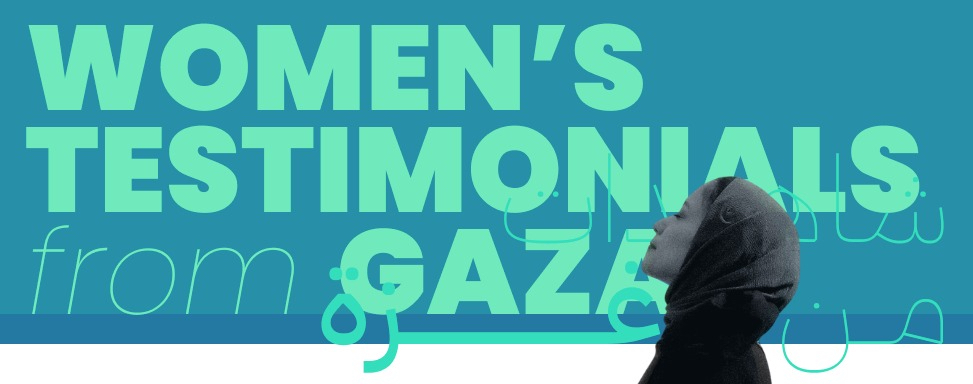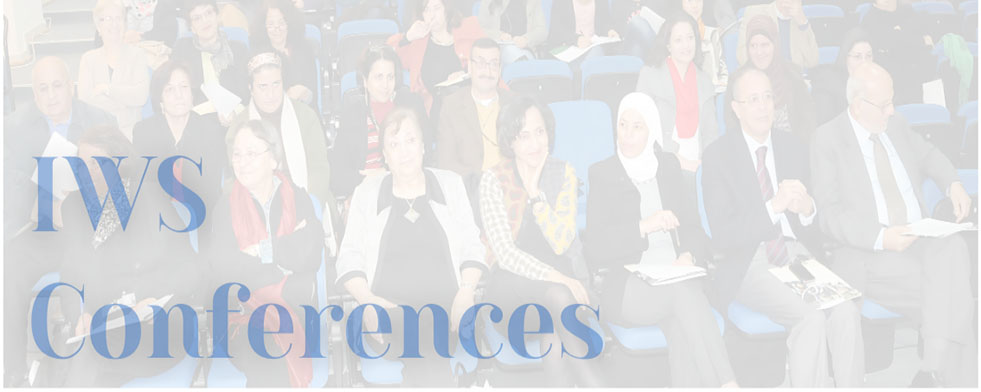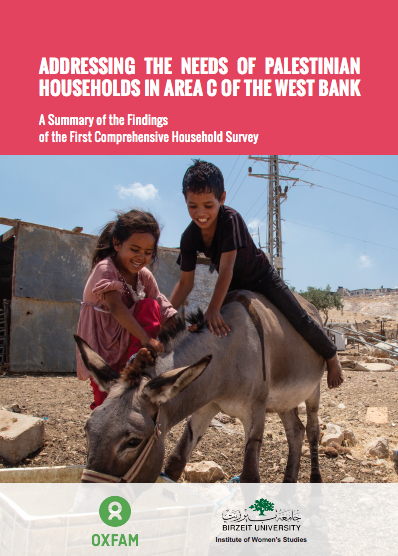The reality of national mechanisms for the advancement of Palestinian women affairs: 1996-2008 pdf
Year: 2010
Author: Naila Razem
Supervisor: Ahmad Musleh
Discussion Committee: Eileen Kuttab & Abdul-Rahim Al-Shaikh
Abstract
This study aims to outline the origins and evolution of the national mechanisms track for upgrading the Palestinian women in the light of international trends and regional experiences in the context of attempts to integrate a gender perspective into the development process. This study traces the track of national mechanisms, which take forms, levels and different stages beginning from the first International Conference for Women which was held in (Mexico City 1975) passing through the subsequent international conferences on women to reach the Beijing Conference in 1995, where the agenda of the international institutions and governmental organizations has called to adopt the track of the national mechanisms for upgrading women affairs. The study points out that the Palestinian National Authority, which was established in 1994 had adopted the track of the national mechanisms for upgrading women affairs, in spite of its recent origin and specificity of the Palestinian experience, that goes in line with the international, regional trends, and the establishment of the Palestinian National Authority coincide with the convening of the Fourth World Conference on Women in (Beijing, 1995) and with the issuing of its platform. The study inquired the features of these mechanisms at the Palestinian level by trying to follow the major trends and changes that have occurred in the fields of institutions, legislations and policies with an aim to improve the situation of Palestinian women affairs. The study also differentiated between three stages in terms of institutional level, which was adopted by the successive Palestinian governments in this field as the following:- Phase One: this phase started since the establishment of departments and units of women at institutions and government ministries in 1996, where the Palestinian government committed to the establishment of the governmental bodies for advancement women affairs. The study found that these bodies at that phase was lacking many requirements and success factors of fulfilling its functions, were these bodies faced marginalization and lack of human and appropriate and sufficient financial resources due to the diverse levels of Palestinian decision-makers. Phase Two: this phase started since the establishment of the Ministry of Women's Affairs in 2003 as a formal mechanism working on upgrading Palestinian women affairs in all areas. The study also demonstrated that this formal mechanism did not accinolish its full tasks in accordance with Beijing Platform. This pitfall was related to reasons concerning the mechanisms itself (mechanism of the Ministry), in addition to other reasons that related to the official government support of the mechanism.
Phase Three: this phase represented by establishing gender units at ministries and government institutions in 2008, that aim at mainstreaming gender in plans and ministries policies, and auditing and monitoring programs and policies from a gender perspective. The study highlighted the most challenges that faced this phase, particularly the most important decision that has been taken by the government to establish these units in the ministries. The study noted that the decision, despite of its importance, did not express interest and real will to improve the situation of Palestinian women, because it was non[1]binding to the ministries to establish these units within their organizational structures, and it did not specify its location at the organizational structure of the ministry. Also, the decision didn’t point out the budgets and human resources that must be provided to these units to be able to carry out their allocated tasks. The study demonstrated that the PNA has adopted several procedures at the legislative and legal level in order to achieve equality between women and men, through the adoption of the principle of equality between men and women which was stipulated in the Basic Law and the laws that passed by the Palestinian Legislative Council, in additon to adopting the principle of positive discrimination for women in some special laws in terms of legislative and local elections. The study also investigated the validity of many discriminatory laws against women such as the laws of (Penal Code, Status Personal Law), in addition to the discrimination in the regulations of certain laws such as the laws of (Civil Status, Civil Service Law). The study pointed out to the efforts exerted by Palestinian Authority to include women's interests and try to integrate a gender perspective in national development plans. The study found that these plans passed through two stages in terms of numbers, setting priorities and budgets related to the inclusion of women's interests and their issues. For example, phase one: started since the establishment of the Palestinian Authority till the year 2005. The study noted the absence of women's issues and interests was at the expense of the strategic priorities of these plans. Second phase: started in 2005, the study investigated the gradual development which has been noticed at the various levels that included women's issues and interests in the development plans, and this was reflected in the "Palestinian Reform and Development Plan for 2008-2010." The study concluded that despite the progress made at the level of adoption of the Palestinian Authority to the track of national mechanisms, and to what has been achieved in this field of positive changes at the institutional, legislative and political levels. Thus, the study didn’t perceive a political will enough from the Palestinian decision-makers, and emerged through the lack of decisions and the government's plans for the establishment of national mechanisms for the advancement of women and non-allocation of budget and adequate human resources and appropriate, and the continuation of discriminatory laws against women, which are critical factors in the success of these mechanisms to bring about the desired change.
Download



